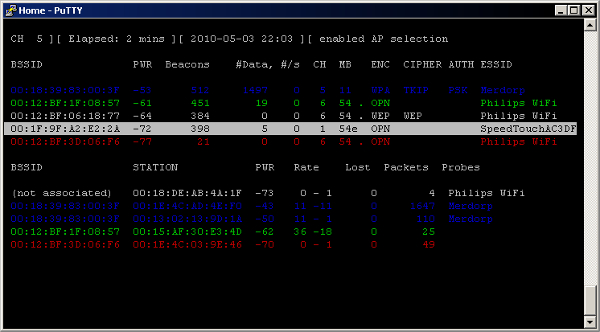

- #Brute force program for mac cracked
- #Brute force program for mac software
- #Brute force program for mac password
Please restart the machine for the changes to take effect.Īfter a restart, the Recovery Mode Terminal must now be started again to continue. Successfully disabled System Integrity Protection. Here: ĭisable System Integrity Protection from Recovery Mode Terminal:

External Storage Device (Flash drive, TF/SD Card, SSD/HDD) (APFS, FAT32, NTFS).Software: Hashcat or John the Ripper, Python, hashdump.py.Any CPU, GPU, DSP, FPGA, etc., that comes with an OpenCL runtime.macOS >= 10.8: Mountain Lion (2012 Q2) (In order to use plutil).Note:Interested people can find everything needed to build a "Hackintosh" and get macOS running on (cheaper) unsupported Intel-based hardware at Hackintosh. And when using FDE, access to a shell can still be gained using RM, but the main partition cannot be mounted without a passphrase, so the stored passwords are safe.
#Brute force program for mac password
A firmware password prevents starting up from any internal or external storage device other than the startup disk you've selected. This method works on any Mac without firmware password (EFI/Bootloader) or Apple's FileVault Full-Disk Encryption (FDE) using XTS-AES-128 cipher. Similar to cracking a GNU/Linux password, access to a privileged shell must be given in order to extract the corresponding property lists (.plist) to crack contained password hashes, which can be done booting into macOS Recovery Mode (RM) partition.
#Brute force program for mac cracked
On unattended devices, password hashes can be extracted in a short time and cracked without the target person noticing. MacOS is a very popular OS from Apple, which was introduced in 2001 and is nowadays mainly found in MacBooks, but also in desktop systems like the iMac or the Mac Pro. Roadmap: Get access to a Privileged Shell via Recovery Mode → Extract Password Hashes → Crack Password Hashes Introduction
#Brute force program for mac software
This tutorial was designed as a practical extension of the seminar paper Password Cracking: Software and Hardware Comparison. Despite its relationship to BSD and GNU/Linux, macOS likes to implement its own unique features that differ from the norm in the UNIX-like realm. This article describes how macOS, as a BSD descendant, stores the passwords for local authentication and how this can be exploited to gain unauthorized access to the device. When searching for password cracking online, the first example is probably brute-forcing the hashes contained in the passwd/shadow file of a GNU/Linux or BSD distribution, in order to compromise its root user. Password cracking or the more general expression of Key recovery describes the process that is used to find a key to a known digital identity and is usually associated with high computing power requirements in order to succeed in a realistic amount of time.


 0 kommentar(er)
0 kommentar(er)
